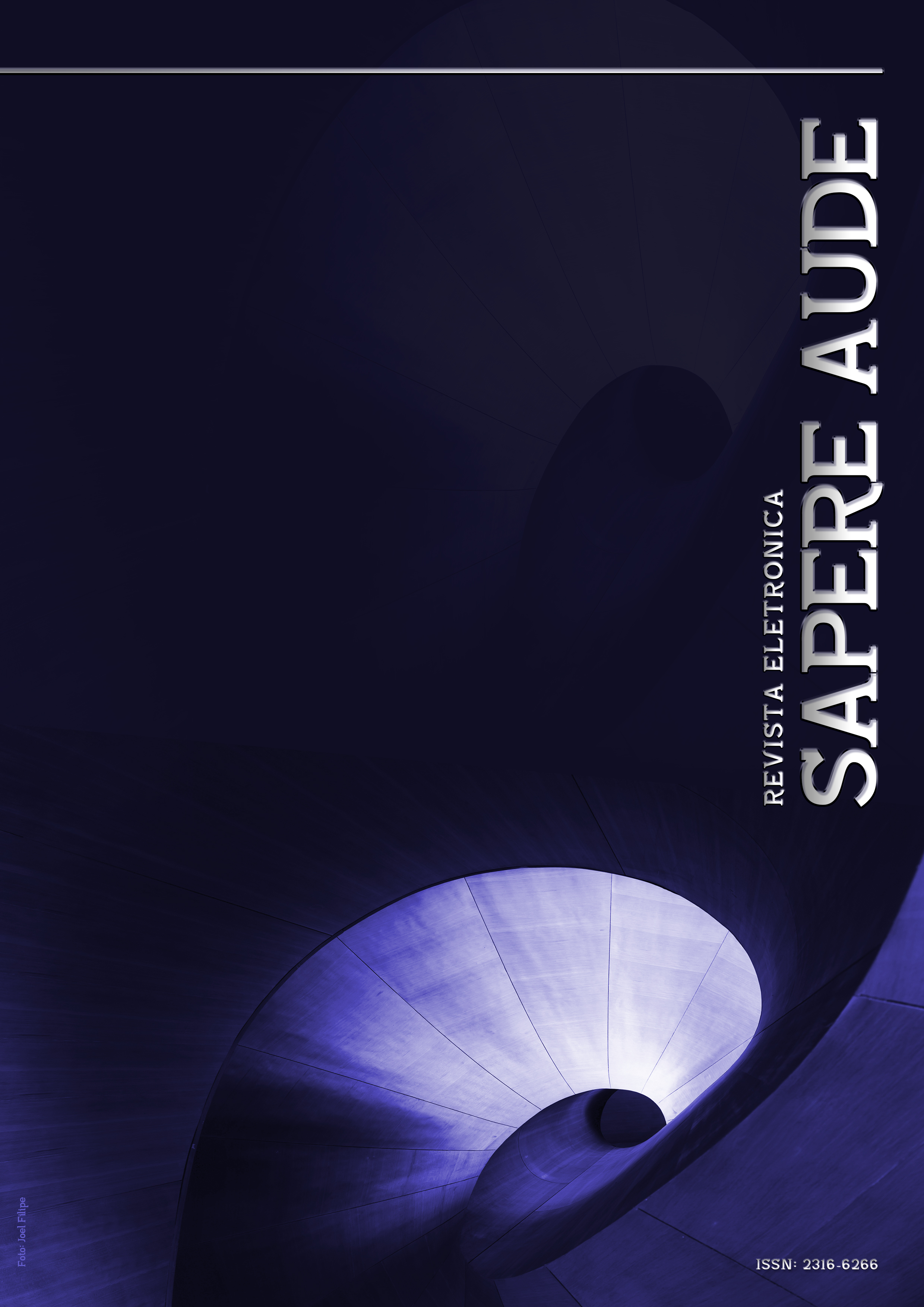The theory of labelling approach and the culture of selective incarceration in Brazil
Resumo
The present work will discuss the culture of incarceration in Brazil in order to understand how a selective punishment system occurs. For this, we will analyze the Labeling Approach theory, created in 1960 with the publication of the book Outsiders, written by the American sociologist Howard Becker. This theory explains how a subset of individuals has suffered a process of labeling even by the institutions that control public security. Becker argues that delinquency is a social deviance, created by specific groups of society to frame particular individuals and, as a consequence, put on them the stigma of outsiders. The Labeling Approach theory represented a real rupture in traditional criminology by positioning itself in a critical way and by shifting the problem to the reaction of the other instead of focusing on the action of the deviant. In this perspective, this work will seek to expose the true social, political and legal scenario of Brazil, in order to understand how this process of labeling certain social categories influences the country's prison population profile, aiming to comprehend why this selective culture of imprisonment of the poorest. In order to address the research problem, qualitative and theoretical methods will be used. This work will also seek to understand concepts, such as culture, in order to understand the national penitentiary system.
Referências
BECKER, Howard Saul. Outsiders. 1 ed. Rio de Janeiro. Jorge Zahar. 2008.
BRASIL. Instituto Brasileiro de Geografia e Estatística. Brasília, 2013. Disponível em: <http://www.ibge.gov.br/home/estatistica/pesquisas/resultado.php?consulta=2013>Acesso em: em 20 nov. 2017.
BRASIL. Conselho Nacional de Justiça. Brasília, 2014. Disponível em: <http://www.cnj.jus.br/noticias/cnj/61762-cnj-divulga-dados-sobre-nova-populacao-carceraria-brasileira> Acesso em: 20 nov. 2017.
BRASIL. Ministério da Justiça. Informações Infopen. Brasília, 2011b. Disponível em: <http://portal.mj.gov.br/data/Pages/MJD574E9CEITEMID598A21D892E444B5943 A0AEE5DB94226PTBRIE.htm>. Acesso em: 10 jun. 2011.
CARDOSO, Gabriela Ribeiro; MONTEIRO Felipe Mattos. A seletividade do sistema prisional brasileiro e o perfil da população carcerária: um debate oportuno. Civitas, Porto Alegre, v. 13, n. 1, p. 93-117, jan.-abr. 2013.
CASTRO, Celso. Evolucionismo Cultural. Rio de Janeiro, Jorge Zahar, 2005.
FELLET,João. Brasil avança no ranking do IDH, mas alta desigualdade persiste. (Disponível em: <http://www.bbc.com/portuguese/noticias/2011/11/111102_brasil_idh_jf> Acesso em: 23 out. 2015).
GOFFMAN, Erving. Estigma. 2 ed, Rio de Janeiro, Zahar, 1978.
MARCUSE, Hebert. Cultura e Civilização. Vol.1, São Paulo, Paz e Terra, 1997.
NUCCI, Guilherme de Souza. Direitos Humanos Versus Segurança Pública. Rio de Janeiro, Forense, 2016.
OSCAR, Mellim Filho. Criminalização e seleção no sistema judiciário penal. São Paulo, IBCCRIM, 2010.
PUGLIESI, Márcio. Teoria do Direito: aspects macrossistêmicos. São Paulo, Sapere Aude, 2015.
SHECAIRA, Sérgio Salomão. Criminologia. 4º ed, São Paulo, Editora Revista dos Tribunais, 2012.
WACQUANT, Loïc. As prisões da miséria. Rio de Janeiro: Jorge Zahar, 2001.
WAISELFISZ, Julio Jacobo. Mapa da Violência 2015: Mortes matadas por armas de fogo. Brasília, Secretaria Nacional de Juventuse, 2015.

